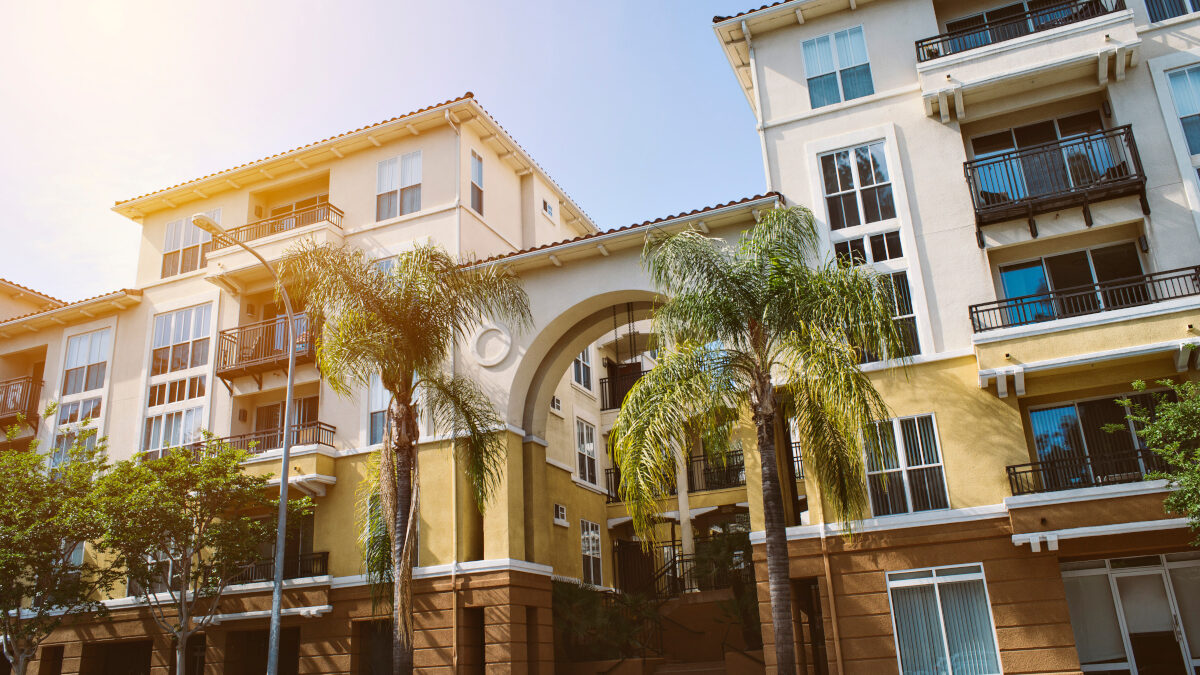What developers, real estate investors need to know about Live Local Act

Commercial Leasing Considerations for Marijuana-Related Businesses in Florida
November 18, 2019
Recent Case Highlights the Importance of Strict Compliance with Condominium Riders
December 12, 2023The Live Local Act (SB 102) offers increased opportunities for developers and investors to solve one of South Florida’s most significant economic challenges: a lack of affordable housing. The state has streamlined the application process to build residences in any commercial, industrial or mixed-use locale with reduced local control.
The greater regulatory freedoms could lead to a residential construction boom fueled by millions of dollars in state funding, tax exemptions, and other financial incentives.
Key provisions of Florida’s Live Local Act
- Projects now require only administrative approval from local governments.
- Multifamily rentals can be developed on sites zoned for mixed-use, commercial or industrial use.
- Local governments cannot place rent controls on the properties.
- Developers are not required to secure changes to current zoning or land use restrictions on a property, nor must they submit a comprehensive plan amendment.
- Developers can build to the maximum density in the county or municipality and to the greatest height allowed within one mile of the building site, with a minimum of three stories.
- Developments must set aside at least 40% of residential units to those earning up to 120% of the local area median income (AMI).
- Developments must allocate at least 65% of the total square footage for residential purposes.
- Developers can draw on over $700 million in subsidized state financing through several programs — FHFC, Hometown Heroes, SAIL and SHIP.
- Every county must publish by the end of October 2023 a list of publicly owned land on which developers can build affordable or mixed-income housing.
- Starting in 2024, some developments can receive an ad valorem tax exemption of 75% or 100% based on rent restrictions and a certification notice from FHFC.
The 100-page law contains details that affect how developers and property owners construct, allocate, and manage units. Some older buildings with more than 70 units will need to be updated to qualify for tax benefits. The law says improvements must have been substantially complemented within five years of an initial exemption application. In addition, the unit occupancy levels must meet criteria related to the local AMI thresholds and fair market values based on a local market study.
The ad valorem tax exemptions are based on a complicated formula that considers rent restrictions, the number of units, and local AMI. This is calculated unit by unit and applies to income ranges. The FHFC certificate involves an application, detailed finances, a market survey, and a sworn statement from an applicant executive. Local governments have up to 10 years to discover an improper exemption and can apply retroactive taxes plus penalties.
How does the Live Local Act help residential and mixed-use developers?
Companies with experience and an understanding of the affordable housing market will benefit from the regulatory and financial provisions in the act. They can combine market-priced housing with units that qualify for tax breaks and state financing assistance. They can also partner with nonprofits to create or update properties that can be exempted from property taxes.
Under certain conditions, state funds can be used to: demolish existing buildings where affordable housing units will be built; relocate tenants of the structures being torn down; and construct the new units. Local governments can add incentives to spur construction.
The most significant benefit, though, may be the effective removal of local restrictions on zoning, building heights, rent control, and other regulatory measures that counties and municipalities use to control where and how residential and mixed-use projects are built.
What opportunities does the Live Local Act create for private investors?
Institutional and individual investors may find that the tax advantages available under the new law will increase their return on investment. Cheaper financing, long-term exemptions from property taxes, and tax-free purchases of construction materials will reduce short-term and long-term expenses. Other tax-based incentives may be offered.
Developers may have the ability to generate income streams from commercial space and market-rate residential units while retaining affordable housing status for a project. Those add-ons will likely add revenue while making the property more marketable for sale long after completion.
Live Local Act leaves legal questions unanswered
The law contains language that will require clarification in the coming months. The new rules may face challenges from local governments as they raise questions related to the impact of projects on infrastructure and government services.
Developers and investors will need counsel from experienced real estate attorneys who are highly familiar with zoning and permitting rules and how to construct legal documents that meet state requirements for tax benefits.




